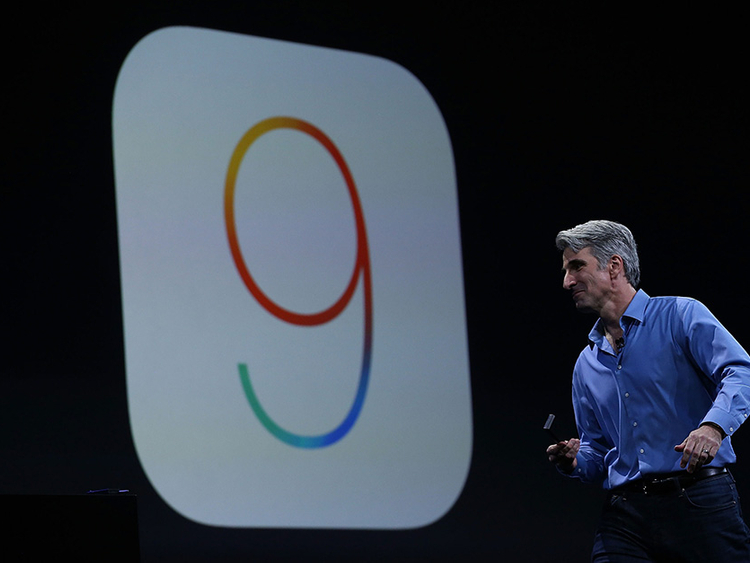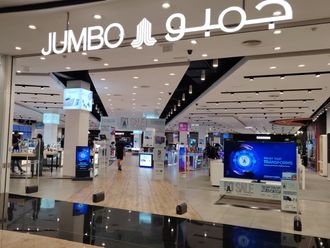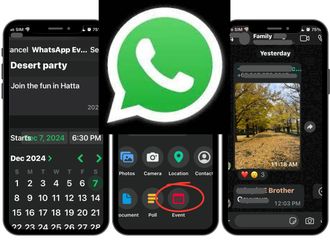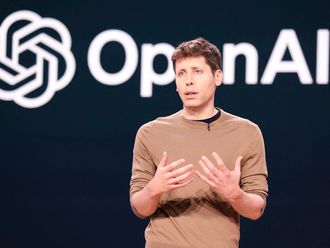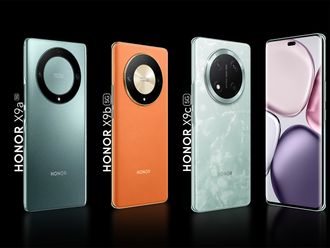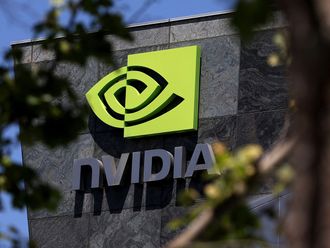San Francisco: Apple CEO Tim Cook’s keynote address at the Worldwide Developers Conference (WWDC) in San Francisco on Monday may have just seemed like a typical software launch for the company. But for those reading in between the lines, it looked like Cook was preparing to take his company head-to-head with Google. Apple’s WWDC is not an event people watch in hopes of seeing new products.
The event focused more on the software developments behind those gadgets, and this year’s event shows the company has been working hard on integrated apps that will turn your smartphone into your digital valet. While Apple never came out directly and said as much, the new apps look to be a direct challenge to Google Now, albeit with a few flourishes.
Apple will release iOS 9 as a free upgrade in the fall, with a public beta version also available in July. iOS 9 will run on iPhone 4s, followed by the iPod touch 5th generation, iPad 2 and later, the iPad mini.
Many of the software upgrades will come through Siri, which now includes many functions similarly to Google’s Voice search feature, which the addition that Siri will be able to interact directly with other systems, such as email and calendars.
Other the being able to use Siri to search the internet and your device, Apple showed Siri being used to set reminders to respond to individual emails and or set events in the calendar. It then not only reminds you of when a upcoming event is, but tells you how long it will take you to get there, based on current traffic from Apple Maps app.
Speaking of Maps, part of the iOS 9 upgrade includes an update to the much maligned app, which now features many of the same functionality, including integrated public mass transit timings, although the number of cities to be include seems to be limited for the launch.
The integration isn't limited to Calendar and Maps but also includes third party apps. That data can be used to recreate “cards” - generally small bits of text taken from a user’s installed apps, such as sports scores. If "cards" sounds familiar, that because Android users have been using cards in Google Now for its context-based data for almost three years.
This short list of new functionality is by no means definitive. That’s the point of the WWDC: getting the apps developers to create new contextual programs that predict what you want before you realie you want it. Apple, of course, wants developers to move this technology forward.
Apple promises that all of this interconnected data will not violate anyone’s privacy either, will not be directly connected to anyone’s Apple ID, and will not be shared with third parties.
More News, literally
Apple also seems to be ready to challenge Google in the News arena, with an app simply called News. Not much was revealed at the WWDC about News, other than it seems to combine Flipbook functionality with a customised, aggregated news service from some of the world’s leading media publications. The initial launch will include 20 publishers and over 50 titles including the New York Times, ESPN, and Conde Naste, which published Vanity Fair, Wired and Bon Appetite.
The service will initially be rolled out in the US, UK and Australia.


